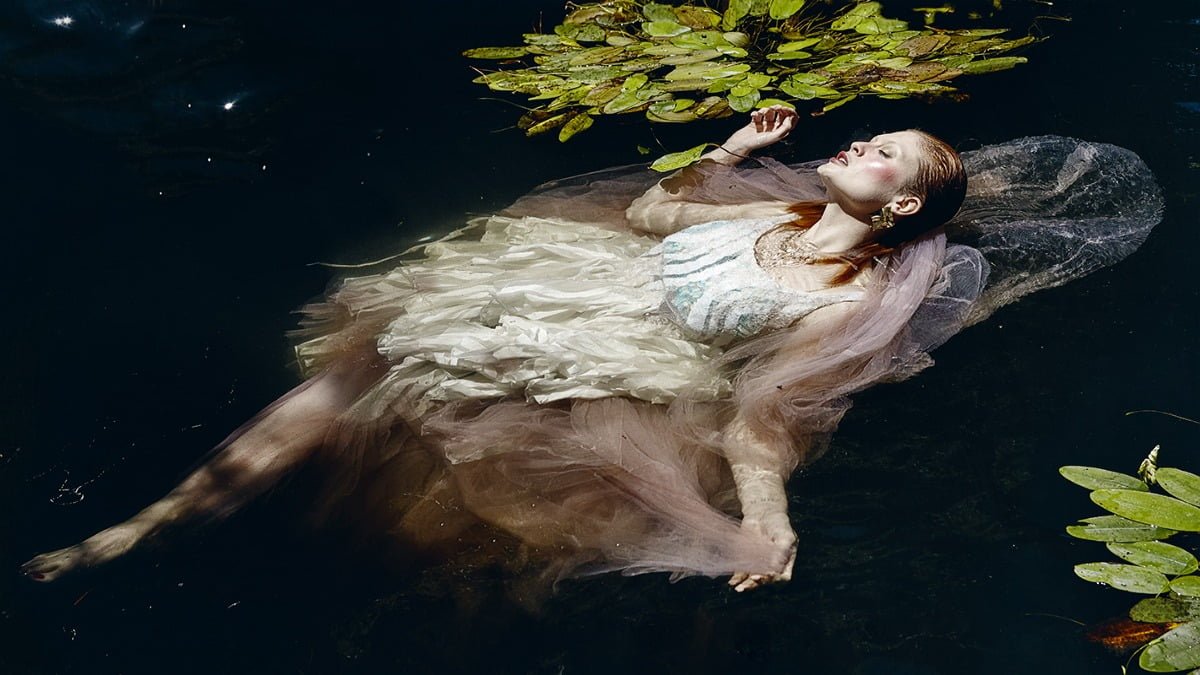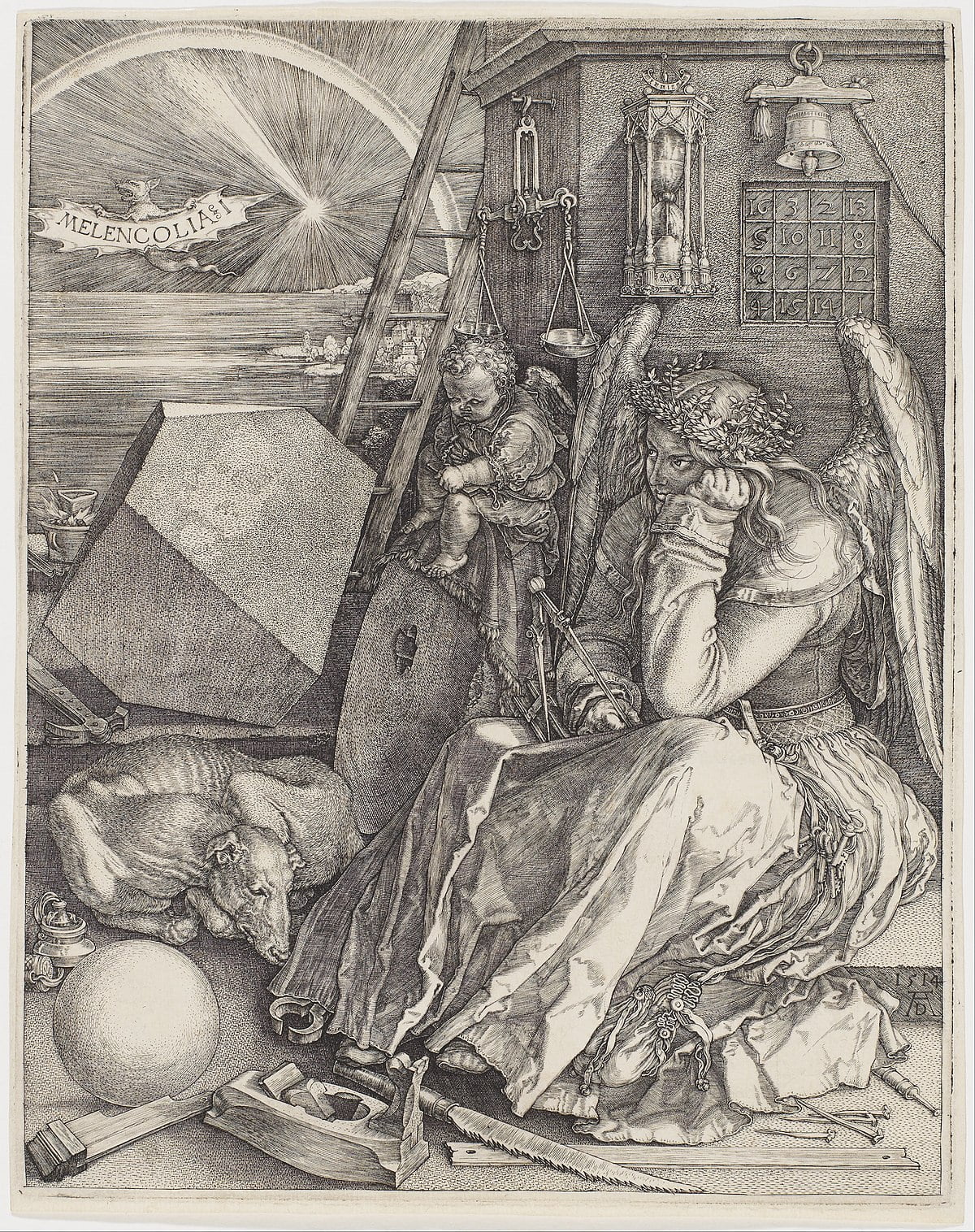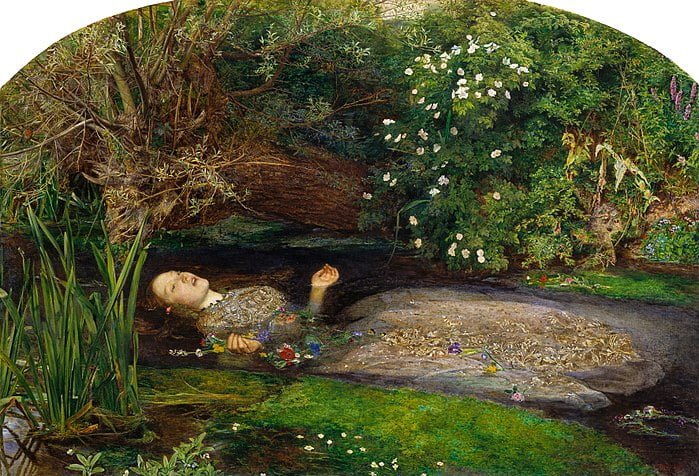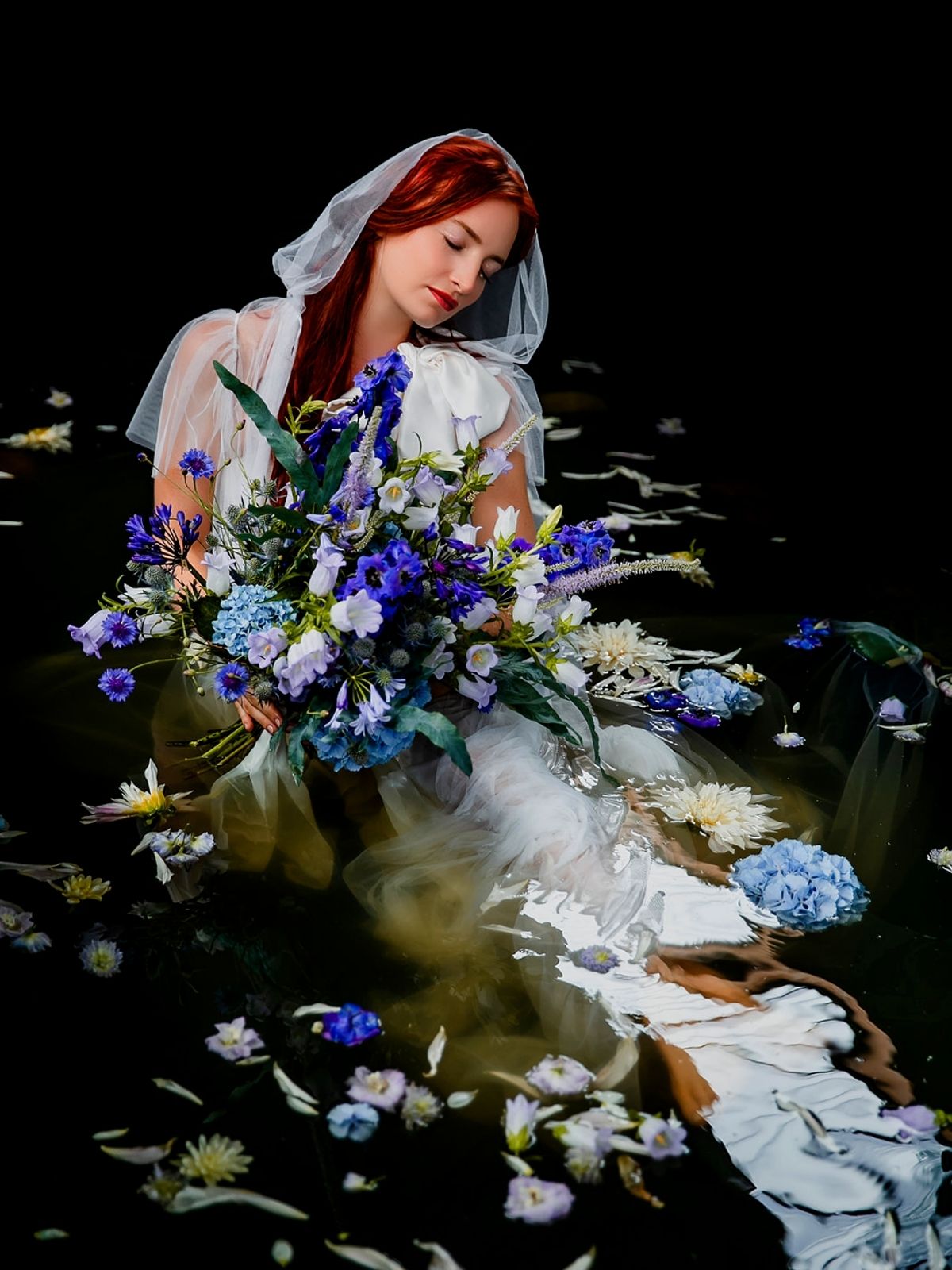This above all: to thine own self be true.
William Shakespeare
When we talk about Elizabethan literature, the works of Shakespeare are always the most important texts we refer to. The works of Shakespeare include legendary plays, some of the most popular being Romeo and Juliet, Hamlet, Macbeth and The Merchant of Venice amongst many notable others. The world of Shakespeare and his creations drives us deep into the gallant notions of humanised emotions portrayed with profound dialogues, great ensemble and an artistic flair of words that take the audience onto a journey of madness, hatred, love and devotion.
But as progressive as the plays of Shakespeare were in their time for portraying bold themes revolving around passion, love and desire, it befell the execution of its implication of mental health. The topic of mental health is misunderstood in his works although the plays he wrote revolved around the core theme of mental health. Traditionally, “illness” was emphasised, supporting the idea that people were too sick to work.
This article examines Shakespeare’s portrayal of women’s experiences with mental illness through the lens of an embodied experience, employing a dualistic approach to comprehend both the physical and psychological within the context of the time’s civil society. It intends to provide a brief overview of Hamlet and Macbeth through their characters’ experiences and their representations.
The depiction of mental health In the Elizabethian era
Though the suffering from mental illness dates its presence to be age-old, the myriad misrepresentation and stigmatisation of its being has changed down the centuries, even holding its discourse in modern society. The term “madness” was defined as wild or erratic behaviour, foolish activity or a chaotic person but did not encompass the specificity or the root cause of the issue. Understandings of mental disease were not enhanced throughout the Scientific Revolution, which occurred between the late 1500s and the 1700s. In Elizabethan times, supernatural reasons like witchcraft were blamed as the foundation and cause of insanity.
In Elizabethan times, supernatural reasons like witchcraft were blamed as the foundation and cause of insanity.
The general assumption in early Tudor England was that there were five major forms of mental health problems. The first was Melancholia, which alluded to depression and lethargy, the second was Mania, which many linked with aggressive behavior. Then there were more medically based mental problems, such as erratic behaviour caused by fevers: Delirium and Phrenitis, which was brain inflammation. The most recent mental ailment was dementia, which was defined as a lack or total loss of mental faculties.
All of them were caused by either ‘scientific‘ or ‘magical-demonological‘ causes, such as an excess of black bile in the body, one of these four humours, or demonic possession. When bile fills the brain, it generates bad ‘humors’. Similarly, demonic possession was linked to ‘lunacy,’ which necessitated exorcisms to expel evil spirits. Melancholy was the most common ailment. It was thought that women were more susceptible to this sickness than men. This brings us to the portrayal of women as madwomen in the Shakespearean realm who were either mad in a literal sense or were outrageous in their acts that were not prescribed as literal mannerisms of how a lady should behave in Elizabethan society.
Madwomen in the world of Shakespeare: hysteria as a gendered misconstruct
In the Shakespearean context, hysteria is often described as uncontrollable and sporadic behaviour that is regarded as heinous and unacceptable behaviour in the societal construct. Hysteria or madness was unthinkably attributed to women, as women were prone to act in a frenzy and be vulnerable to mental illness as a result of supposed uterine movements. Often quoted as “mother-fits” or “frenzy of the womb”, they were said to be induced by menstrual influxes or the ‘corruption of a woman’s seed.’ The prejudices were often held against women both during diagnosis and treatment, labelling women as socially inferior to men and often being held under the light of objectification and sexual desire. Women were often portrayed as being victimised under the circumstances or subordinated to men, telling us about the patriarchal fallacy that the Elizabethan world held.
Shakespeare was ahead of his time in rendering women as complex characters who were not victims of their circumstances and were strong enough to not be depicted as a damsels in distress. He presented complex individuals with a variety of disorders that society is familiar with now, such as depression, anxiety, and schizophrenia, yet these names did not exist during his time. He brought these people to life and made readers sympathetic to their humane depictions. However, though he was ahead of his time in displaying the complexity of his characters, the portrayal of mental health in its female characters still depicted them as victims at the hands of others.
When we look at two of Shakespeare’s most famous tragedies, Hamlet and Macbeth, we can see how the storylines depict the descent of its female characters, Ophelia and Lady Macbeth, from sane to suicidal.
When we look at two of Shakespeare’s most famous tragedies, Hamlet and Macbeth, we can see how the storylines depict the descent of its female characters, Ophelia and Lady Macbeth, from sane to suicidal. Based on this framework, these women’s experiences reveal glimpses into the decline of their mental health. In Hamlet, the sweet and innocent Ophelia expresses her yearning for the young man to her family, who forbid her from following her heart. According to Mendelson and Crawford, this could have been the beginning of Ophelia’s hysteria because such upheavals in love affairs could have been deemed a trigger and prompted these ‘mother-fits’.
The dependence of Ophelia on the warmth and attention of the male figures in her life and the crumbling of her mental health on the absorption of the emotions of her male counterparts shows the skewed gendered mental health perceptions at play. The loss of her father and then the madness of Hamlet is closely interlinked to the fall of her mental health into erotic melancholia. The former is an understatement for mental health diagnosis which later forms the basis of the plot. The entire existence of Ophelia’s character was credited to the actions of the male members of her life disregarding the mental torment she was going through.
Lady Macbeth’s story was similarly gendered. Her pain always made this conversation visible. The first incident that reinforces this notion is when Macbeth has a manic episode following Banquo’s murder in Act III, and she asks him, ‘Are you a man?‘ implying that only a woman would behave in such a way. Then she tells him that his actions were ‘quite unmanned in folly‘. This allegation reinforces the perception that Macbeth’s reaction to his mental condition is feminine, as foolishness is a female trait. When the doctor examines Lady Macbeth’s predicament as she descends into lunacy, he states:
‘My goodness, you’re not so sick.
She is disturbed by thick-coming fancies that hinder her from resting.‘
Madness in its essence was synonymous with women who either behaved in an anomalous manner or did not comply with the set norms deemed to be followed by them. The counterfeited fallacy of subordination of women to men was a gendered construct that believed in the superiority of men in the social sphere and the inferiority of women as they were regarded as hysterical and vulnerable.
The flower and garden symbolisms by Shakespeare
Medical practitioners and medieval writers often used agricultural terms for women’s genitalia and body processes. Examples of this include “flowers”, “rose leaves not yet ripened,” as well as “the deflowering of the hymen.” Because of how it was used to characterise women’s sexuality, this type of terminology further dehumanises and objectifies them. This phrase pervades modern and contemporary depictions of virginity and feminine capacity. It is an ideology that promotes sexual inexperience and ignorance while forcing women to be vulnerable and dependent on men in society.
Some perspectives on flower and garden symbolism in Christianity strongly affected numerous works during the Middle Ages and then the Elizabethan Age, including Shakespeare’s works. Throughout history, flower imagery and symbolism can be found: in Greek and Roman history, Indian scriptures, Native American rites, and Middle Eastern culture, to name a few. ‘To bloom’– a narrative used in Hamlet for Ophelia shows the existence of flower and garden symbolism.
Following on from the floral imagery and ideology, Kaara Peterson argues how this imagery completes many of Shakespeare’s aims for Hamlet. If flowers are associated with menstruum, and ‘to penetrate the hymen is to deflower’, then Ophelia’s drowning in the brook suggests she is literally drowning in ‘flowers’ of blood. Of course, the brook is another body of fluid, fittingly bringing it together as a metaphoric analogy.
The argument that Ophelia’s madness is the result of defilement or impurity is not valid because of Laertes’ plea and use of positive floral symbolism.
‘And from her fair and unpolluted flesh / May violets spring!’ says Ophelia’s brother Laertes in Hamlet. The argument that Ophelia’s madness is the result of defilement or impurity is not valid because of Laertes’ plea and use of positive floral symbolism. This representation of Ophelia makes way for translating madness into the context of being gender-inflicted.
The flower and garden symbolism denotes the hysteria that underlies Shakespearean writing and its delineation of female characters.
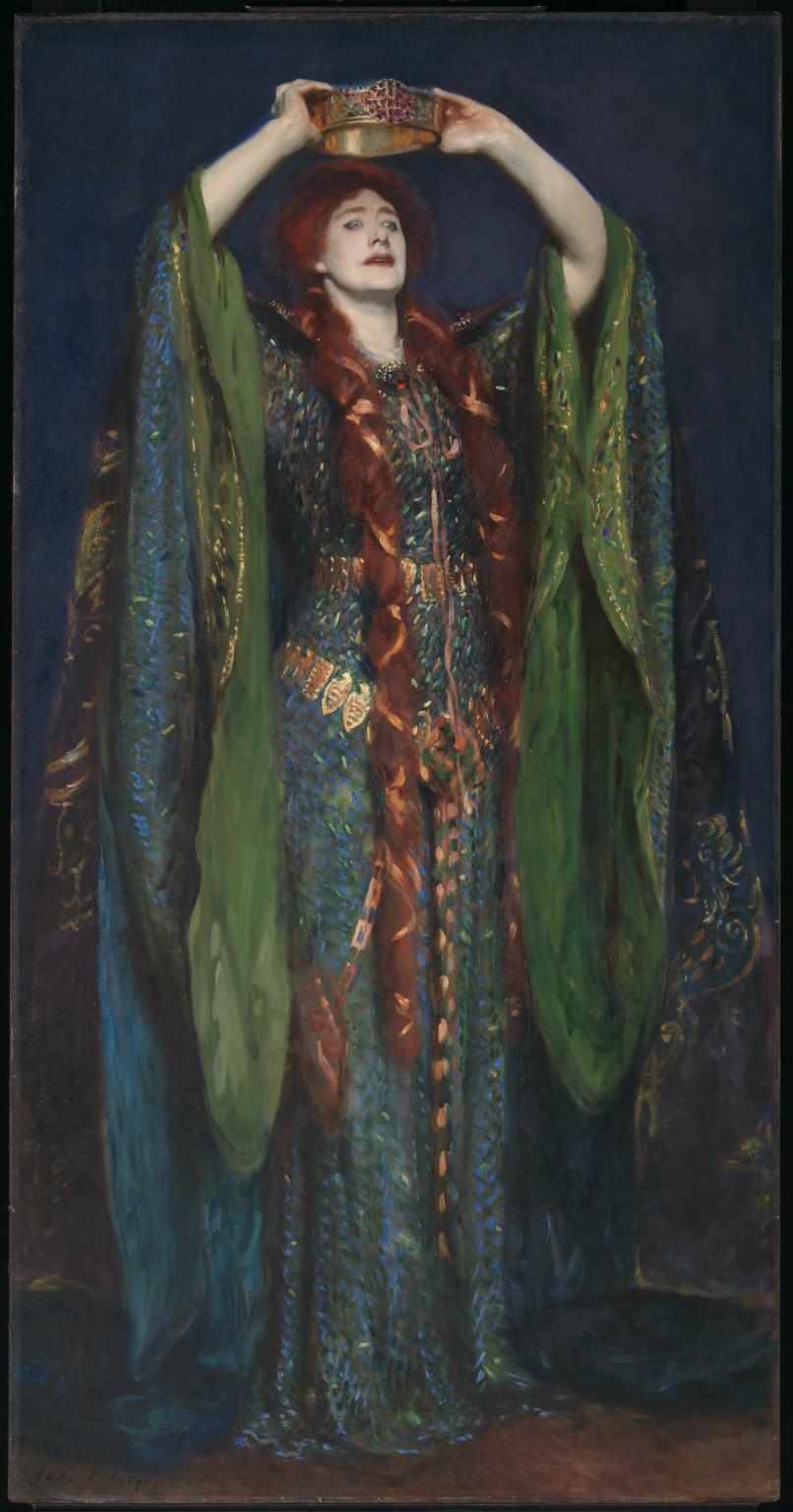
When a woman suffered from a mental disorder, it was thought to be caused due to her anatomy. We can see how problematic this depiction was and the repercussions it had on civic society. Hysteria was extremely gendered, as figures such as Ophelia and Lady Macbeth demonstrated, and so was not fully treated. It was frequently misdiagnosed as manic depression or demonic possession and was not treated. The past shows us that these archaic understandings of lived-in mental illness experiences are extremely problematic. We can learn from the mistakes of the past by investigating these historical flaws. We can work to emphasise patient-centred treatment methods for recovery and to reinforce the idea that mental diseases are not a gendered anatomical anomaly.
